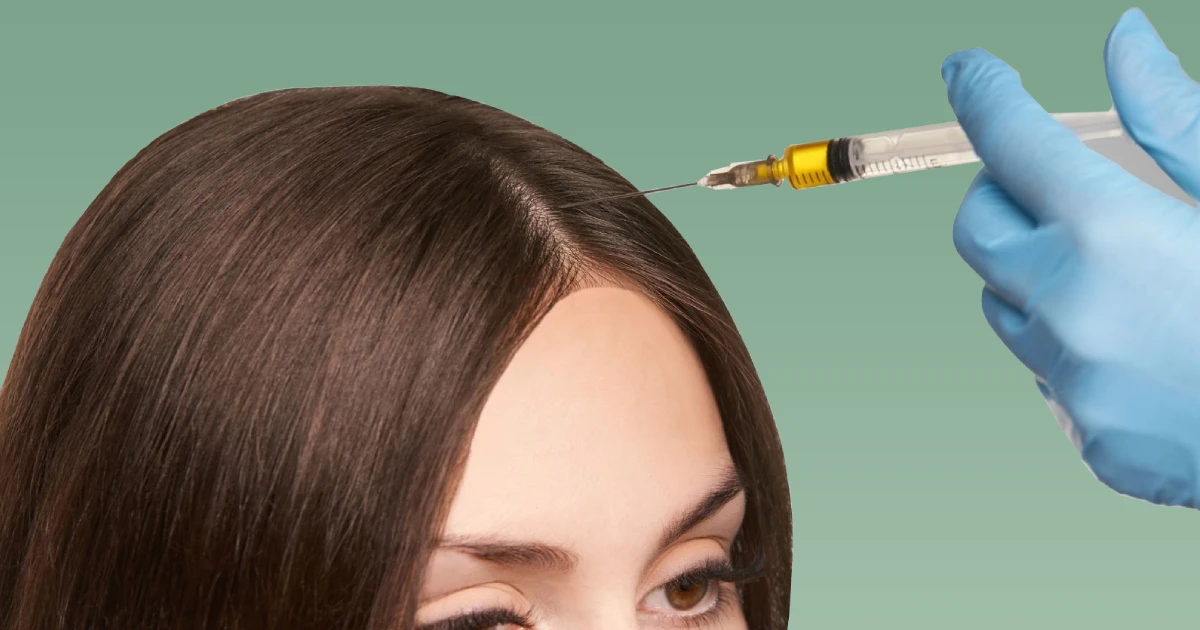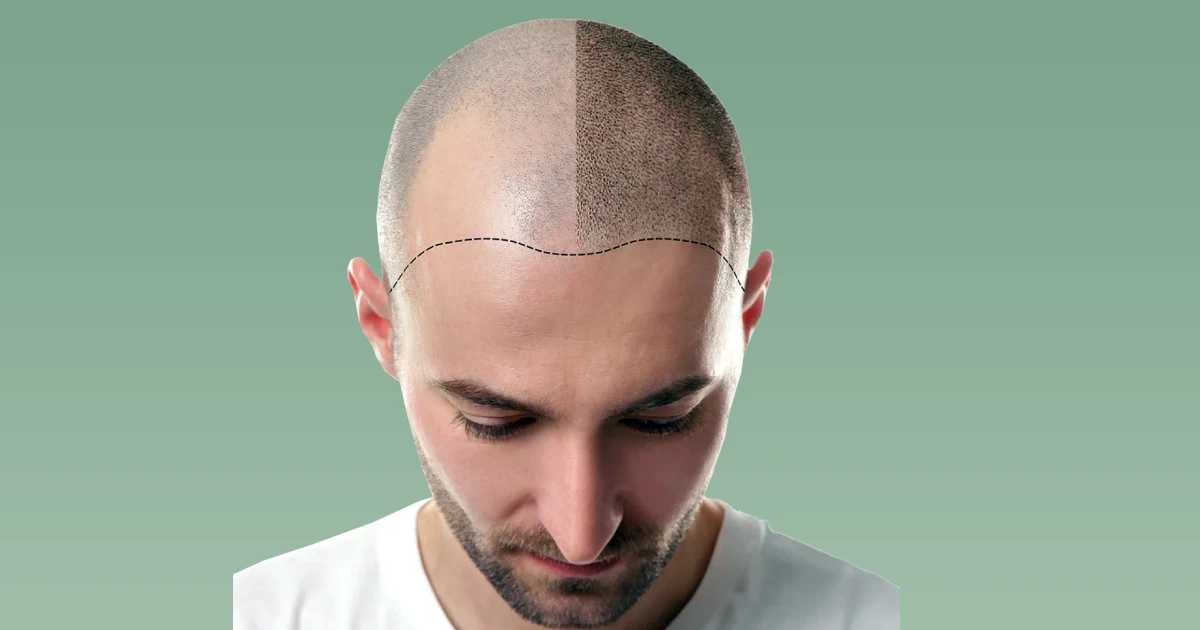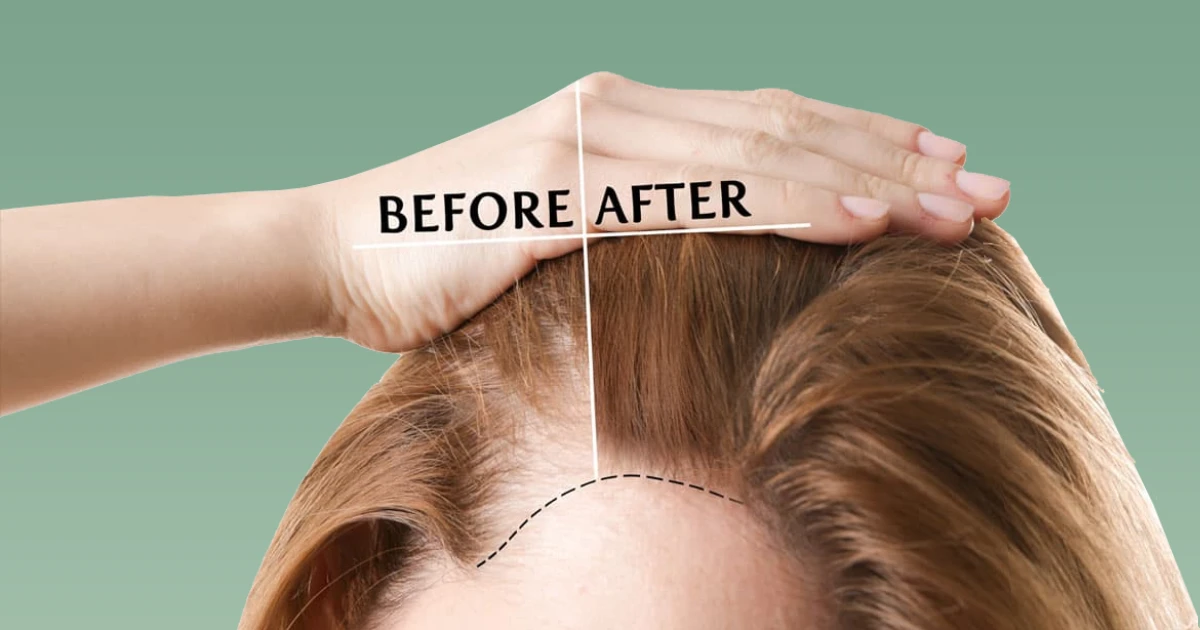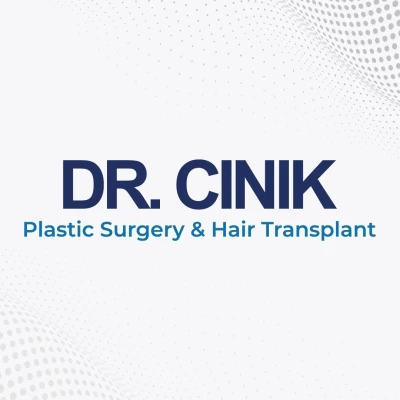Haartransplantation
One of the most annoying issues that almost everyone, whether male or female, finds most annoying is hair loss and baldness. This situation is caused by various factors such as genetic factors, stress, accidents and improper care applied to the hair and causes the person to lose their hair. With the rapid advancement of technology in recent years, we have the chance to intervene in problems such as hair loss and baldness. Moreover, the latest technologies have started to be developed to exclude factors such as pain and pain-related medication. From this point of view, hair transplantation has started to be seen as an ordinary treatment.
However, the issue to be considered here is to work with specialised physicians who offer a correct treatment plan so that both your health and the money you spend are not wasted. Izmir Clinic team, Turkey's best hair transplant clinics in order to offer you the best hair transplant clinics by making a thorough examination of only those clinics that can meet certain conditions.
Turkey is becoming increasingly popular due to its central location and the fact that it is a country that has trained many physicians specialising in hair transplantation treatment. Due to technological advancements and the fact that Turkey is also a tourist destination, it is also a good solution centre for anyone who wants to perform hair transplantation treatment within their holiday plans. In this article, we will try to provide those who want to have a hair transplant in Turkey with the information they are looking for.
What are the Types of Hair Transplantation?
There are two popular approaches to hair transplantation in Turkey. DHI hair transplantation and the increasingly popular sapphire FUE hair transplantation are the two most common techniques used for hair transplantation in Turkey.
DHI Hair Transplant
DHI Hair Transplantation or Direct Hair Transplantation is a procedure in which the hair follicles in the nape area are removed and transplanted directly to the balding area using a DHI pen. Although the technology options have started to increase due to both the increase in aesthetic requirements and the demand for factors such as the chance of success, DHI hair transplantation is the most popular example preferred in this field. DHI Hair Transplantation allows even those with weak hair grafts to benefit.
Modern hair transplantation techniques such as DHI allow maximum utilisation of the donor area. Methods such as DHI hair transplantation, developed for more frequent hair transplantation, work wonders in the field of hair transplantation. The success of hair transplantation continues to increase the interest in the procedure day by day.
Turkey is also a country with increasing popularity in this field. Clinics serving in cities such as Istanbul, Izmir and Antalya, which are developed both in tourism and health, are constantly following the technology in this field and trying to make DHI hair transplantation more accessible to everyone by making it a trend.
Sapphire FUE Hair Transplantation
Sapphire FUE hair transplantation method is a procedure in which the extracted hair follicles are transplanted to the balding area by making v-shaped incisions in the donor area using sapphire-tipped blades. Although it is a method that provides results beyond expectations even for patients with severe hair transplantation complaints, examining whether there is enough hair in the area where healthy follicles will be removed is critical for the success of the procedure.
Both Sapphire FUE and FUE hair transplantation are performed with the same stages. While the follicles to be transplanted in the FUE technique are collected using hair transplantation instruments, the difference of Sapphire FUE emerges during the canal opening stage in the donor area. In the Sapphire FUE technique, the U-shaped steel blade used in the traditional FUE technique is replaced by sharper sapphire blades made of natural sapphire stone and aluminum alloy.
How Much Does Hair Transplant Cost?
As in the rest of the world, there are various factors that affect hair transplantation costs in Turkey. The quality of the equipment used, location, expertise and similar reasons are the factors that determine the hair transplantation costs in Turkey.
DHI Hair Transplantation Cost in Turkey
DHI Hair transplantation may be more costly compared to other methods, including the FUE method. However, clinics serving in Turkey can offer more economical and successful results than the world average. Thousands of tourists come to Turkey every year to have hair transplantation, especially in cities such as Istanbul, Izmir and Antalya. These three cities host affordable and successful clinics for hair transplantation.
The most important factor that increases the DHI technique is undoubtedly the specially produced hair transplantation pen. Additionally, since using a hair transplant pen requires surgical expertise, this also causes increased labor costs. It is possible to find different hair transplant surgeons in Istanbul, Izmir and Antalya where you can have this procedure done.
Hair transplantation in Turkey offers many advantages that make it known worldwide as a suitable destination for hair transplantation. Türkiye is a very attractive option for high-cost hair transplantation procedures such as DHI. The cost of DHI hair transplantation varies between 1500 euros and 4000 euros in Istanbul, Antalya and Izmir.
Cost of Sapphire FUE Hair Transplant in Turkey
The cost of Sapphire FUE Hair Transplant is higher due to the valuable tips used in the procedure and the increased professional experience required to perform it, as in the DHI technique. Like in the DHI technique, the Sapphire FUE technique is also a significant destination in Turkey because clinics in Izmir, Istanbul, and Antalya have expert surgeons on their staff.
Many tourists from America, Europe and England who want a hair transplant come to Turkey. The main reason is that the FUE technique is more economical in Turkey. Sapphire FUE Technique costs between 1000 euros and 3000 euros.
Häufig gestellte Fragen
Die Wahl der richtigen Haartransplantationsmethode kann schwierig sein. Ob DHI oder FUE, die große Menge an Informationen kann überwältigend sein.
Typischerweise ist die FUE-Technik jedoch die beliebteste Option, vor allem für ältere Männer mit Glatze oder dünner werdendem Haar.
DHI hingegen wird für Patienten empfohlen, die unter weniger fortgeschrittenem Haarausfall leiden, da dies der geringeren Anzahl an Grafts entspricht, die typischerweise bei einer DHI-Operation verwendet werden. Andererseits ist die DHI-Methode in der Regel die teuerste, so dass die FUE-Methode für Patienten mit einem knapperen Budget die bessere Wahl sein kann.
Es ist auch erwähnenswert, dass die Wahl der Behandlung zum Teil auch auf dem Rat Ihres Arztes beruht.
Eine follikuläre Einheit ist, einfach ausgedrückt, eine Gruppe von zwei, drei oder vier Haarfollikeln. Ein Transplantat ist einfach ein Stück lebendes Gewebe, das chirurgisch von einer Körperstelle zu einer anderen bewegt wird, ohne dass es seine eigene Blutversorgung mitbringt. Nachdem es an der Zielstelle platziert wurde, wächst eine neue Blutversorgung ein.
>Typischerweise dauert der Eingriff zwischen 4-8 Stunden. Die Dauer der Haartransplantation variiert je nach der Anzahl der benötigten Grafts und der Größe des Operationsteams. Da der Eingriff unter örtlicher Betäubung durchgeführt wird, ist der Patient voll wach und kann in dieser Zeit lesen, fernsehen, sich unterhalten oder sogar essen.
>Nach der Haartransplantation können Sie umhergehen und die meisten Ihrer normalen täglichen Aktivitäten wieder aufnehmen. Nach der Behandlung müssen Sie einen Verband auf dem Kopf tragen, der jedoch am Tag nach dem Eingriff entfernt werden kann. In den ersten 1-2 Wochen nach der Behandlung können der transplantierte und der Spenderbereich geschwollen, gerötet und empfindlich sein. Auch wenn Sie noch etwas gerötet und empfindlich sind, können Sie nach ein paar Tagen wieder leichten Tätigkeiten nachgehen und 2-3 Tage nach der Behandlung wieder zur Arbeit gehen.
Einen Monat nach der Behandlung können Sie wieder Sport treiben, auch schwimmen. Hüte können nach 10 Tagen wieder getragen werden, Schutzhelme sollten jedoch erst vier Wochen nach dem Eingriff getragen werden.
Die Haartransplantation ist ein einfacher, minimal-invasiver und relativ risikoarmer medizinischer Eingriff. Wie bei jedem chirurgischen Eingriff gibt es jedoch auch hier Risiken und mögliche Nebenwirkungen. Dazu gehören Blutungen, Infektionen, Schwellungen der Kopfhaut und/oder der Stirn, Narbenbildung und ungleichmäßiger Haarwuchs. Die meisten Probleme nach der Operation können jedoch vermieden werden, wenn die Behandlung gut geplant und von einem qualifizierten und erfahrenen Spezialisten durchgeführt wird.
Ist eine vollständige Deckung möglich? Dies ist eine häufige Frage unter Haartransplantationspatienten, die leider nicht mit einem eindeutigen Ja oder Nein beantwortet werden kann. Wie so oft bei Haartransplantationen hängt dies von einer Reihe von Faktoren ab. Dazu gehören, wie viel Haar Sie vor der Behandlung haben, Ihr Haartyp, eventuelle Anzeichen von künftigem Haarausfall und die Erwartungen Ihres Arztes an den Eingriff zur Haarwiederherstellung.
Eine einzelne Transplantation ist in der Regel als eigenständiges Verfahren konzipiert, doch kann eine zweite Transplantation die Ergebnisse der ersten verbessern. Die Patienten entscheiden sich in der Regel für eine zweite Haartransplantation, um mehr Dichte oder Deckung zu erreichen.
>Im Gegensatz zu den 80er und 90er Jahren, als der Anblick von unnatürlich aussehenden Haartransplantaten weit verbreitet war, ermöglichen die modernen Techniken der Haartransplantationschirurgie eine individuelle und äußerst präzise Haarimplantation. Dadurch können Spezialisten äußerst natürlich aussehende Ergebnisse erzielen, bei denen sich die transplantierten Haare nicht von den übrigen Haaren auf dem Kopf unterscheiden. Das bedeutet, dass je nach der durch die Haartransplantation bewirkten Veränderung des Deckungsgrades ein Passant mit Sicherheit nicht erkennen wird, dass Sie sich einer Haartransplantation unterzogen haben.
>Treatment Types

DHI-Transplantation
Erleben Sie eine revolutionäre Lösung gegen Haarausfall mit DHI-Transplantation. Verabschieden Sie sich von schütterem Haar und freuen Sie sich auf eine natürliche, vollere Mähne. Unsere erfahrenen Chirurgen verwenden fortschrittliche Techniken für nahtlose Ergebnisse. Vereinbaren Sie einen Beratungstermin und begeben Sie sich auf die Reise, um Ihr Selbstvertrauen zurückzugewinnen und Ihr jugendliches Aussehen mit dichterem, gesünderem Haar wiederherzustellen.
Barttransplantation
Erreichen Sie den Bart Ihrer Träume mit einer Barttransplantation. Verabschieden Sie sich von lückenhaftem Wachstum und freuen Sie sich auf einen vollen, dichten Bart, der Selbstvertrauen ausstrahlt. Unser erfahrenes Team sorgt für einen nahtlosen Eingriff, der auf Ihren gewünschten Stil zugeschnitten ist. Vereinbaren Sie noch heute einen Beratungstermin und nutzen Sie die Gelegenheit, Ihre Männlichkeit mit einem lebendigen, natürlichen Bart neu zu definieren.
Plättchenreiches Plasma (PRP)
Revitalisieren Sie Ihre Haut mit der Platelet Rich Plasma (PRP)-Therapie. PRP nutzt die natürliche Heilkraft Ihres Körpers und stimuliert die Kollagenproduktion, wodurch Falten reduziert und Ihr Teint verjüngt wird. Unser Expertenteam sorgt für ein sicheres und wirksames Verfahren, das auf Ihre Bedürfnisse zugeschnitten ist und Ihrer Haut ihre jugendliche Ausstrahlung zurückgibt. Vereinbaren Sie noch heute einen Beratungstermin und lassen Sie sich einen vitalen, strahlenden Teint schenken.
Sapphire Fue Haartransplantation
Erleben Sie eine hochmoderne Haarwiederherstellung mit der Sapphire FUE-Haartransplantation. Verabschieden Sie sich von den Sorgen des Haarausfalls und freuen Sie sich auf eine natürliche, vollere Haarpracht. Unsere fortschrittliche Technik gewährleistet präzise und nahtlose Ergebnisse. Vereinbaren Sie noch heute einen Beratungstermin und begeben Sie sich auf die Reise zu dichterem, gesünderem Haar und neuem Selbstvertrauen.






